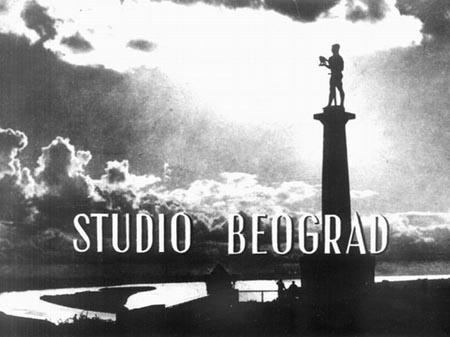Belgrade 2006

Professors: Prof. Roger Diener, Prof. Marcel Meili, Prof. Bart Lootsma
Simon Hartmann, Christina Holona, Christian Mueller Inderbitzin, Milica Topalovic
Exercise types: “P”
Locations: Group work in Basel and Belgrade
Start: Tuesday, 4 April 2006, 10am, ETH Studio Basel, Spitalstrasse 8, 4056 Basel
ETH Studio Basel focuses on urban research. After the urban portrait of Switzerland, which was published last year, we have begun a series of portraits of different cities. To date, such portraits have been produced of Naples, Hong Kong, Paris, Casablanca, and the Canary Islands. The common denominator that links one group of cities we are interested in is that they are all on the border or an outpost of Western European influence. This enables us to observe the consequences of struggles between globalization, modernization, and local traditions and interests. Another theme that ETH Studio Basel is interested in is the relationship between planned, formal, and informal developments. Students and staff together try to discover the mechanisms that provide cities with a specific character over time, enabling them to maintain, enhance, or change it with future interventions. Do cities in general become more generic or more specific?
In the summer semester of 2006, ETH Studio Basel will focus on Belgrade. Continuously inhabited since the Neolithic age, Belgrade is one of the oldest cities in Europe, but its development is based on frequent ruptures and breaks instead of continuity and cumulative growth. The identity of Belgrade is historically linked to the Orient (Byzantium, Ottoman Empire) and the Occident (Austro-Hungarian Empire), but the physical traces of their presence in the city are scarce. Belgrade today consists of two cities, Old Belgrade and Zemun, developed independently on different sides of historical borders and joined together only after World War I with suburban towns and villages and the subsequent construction of New Belgrade, a large-scale modern project realized in the heart of the city, which today houses a quarter of a million people. In the period after World War II until the 1980s, Yugoslavia and Belgrade as its capital city experienced a different kind of Socialist modernity than the rest of Eastern Europe, with an international orientation and a lower gravity point of political power.
Belgrade’s recent history was turbulent, marked by the dissolution of Yugoslavia, the civil war, the dictatorship, and the NATO bombing. Over the last two decades, the only constant factor in the city has been the speed of change. Again, Belgrade is anticipating a border shift: The country’s future accession to the European Community.
Today, Belgrade counts 1,750,000 inhabitants, and the average GDP per capita remains at some US$1,500. Still, the uncontrolled construction of hundreds of thousands of square meters as part of neo-liberal investment projects has mutated the city. In a socio-political paradigmatic shift, Socialist modernity has quickly turned into its opposite: a wild, anarchistic mode of urban production with corresponding “turbo” aesthetics.
This condition manifests itself in a lack of long-term positioning of the role of the city and an absence of clear strategies for its future. But this is nothing new: In the absence of historical stability and of long-term successes, a logic or mentality of short-term urban tactics has developed that constitutes the city’s most vital skill.

